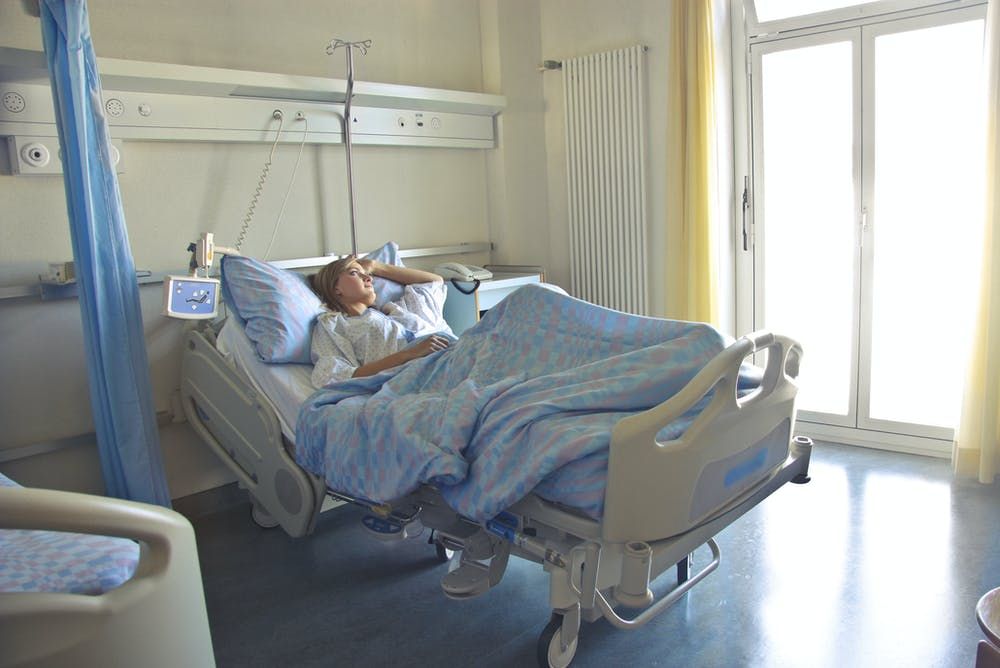Similar Rates of Mortality Seen in Hospitalized COVID-19 Patients with Chronic Inflammatory Diseases
Hospitalized patients with COVID-19 and chronic inflammatory diseases were seen to have no statistically significant increased length of hospital stay or need for mechanical ventilation.

The original article, "Mortality Rates Similar for COVID-19 Patients with Inflammatory Diseases" was published on HCPLive.
It has long been thought that patients with chronic inflammatory disease might be more susceptible to more severe COVID-19 outcomes.
A team, led by Jens Kjeldsen, Department of Medical Gastroenterology, Odense University Hospital, examined whether hospitalized COVID-19 patients with chronic inflammatory diseases experienced worse outcomes compared to hospitalized COVID-19 patients without chronic inflammatory disease.
“It has been speculated that, apart from already identified adverse prognostic factors, patients with chronic inflammatory diseases could be particularly susceptible to suffer a severe COVID-19 course - and in particular ongoing immunomodulatory therapy (biologics), immunosuppressive drugs (methotrexate and azathioprine), and glucocorticoids could be of importance for the outcome,” the authors wrote.
The Registry
The investigators used Danish nationwide registers, which includes records of all discharges from Danish hospitals since 1977 and all outpatient visits since 1994, to establish a cohort of 134 hospitalized patients with COVID-19 and various inflammatory diseases including inflammatory bowel disease (IBD), rheumatoid arthritis, spondyloarthropathy, or psoriatic arthritis. They also identified a control cohort of 2835 patients between March and October 2020.
The cohort only included patients who had a COVID-19 diagnosis code as the primary reason for hospitalization or COVID-19 with severe respiratory syndrome and if the patient had a hospital admission with a duration of at least 12 hours.
“Data on the patients showed that patients with COVID-19 and chronic inflammatory disease were slightly older, than the patients with COVID-19 without chronic inflammatory disease with COVID-19, above 60 years 102 of 134 patients (76%) and 1834 of 2835 patients (65%), respectively,” the authors wrote.
Main Outcomes
The investigators sought main outcomes of the length of hospital stay, defined as the total time from admission to discharge.
The investigators compared median length of hospital stay and used median regression models to estimate crude and adjusted differences.
The team also used logistic regression models for continuous positive airway pressure (CPAP) and mechanical ventilation, in-hospital death, 14-day, and 30-day mortality when estimating crude and adjusted odds ratios (aOR).
Results
There were no differences between exposed and unexposed patients regarding length of hospital stay (6.8 days vs. 5.5 days), need for mechanical ventilation (8.2% vs. 10.1%), or CPAP (11.9% vs. 9.0%).
The adjusted odds ratio for in-hospital death was 0.71 (95% CI, 0.42–1.22), death after 14-days was 0.70 (95% CI, 0.42–1.16), and death after 30-days was 0.68 (95% CI, 0.41–1.13).
“Hospitalized patients with COVID-19 and chronic inflammatory diseases did not have statistically significant increased length of hospital stay, had same need for mechanical ventilation, and CPAP,” the authors wrote. “Mortality was similar in hospitalized patients with COVID-19 and chronic inflammatory diseases, compared to patients hospitalized with COVID-19 and no chronic inflammatory diseases.”
The study, “Outcome of COVID-19 in hospitalized patients with chronic inflammatory diseases. A population based national register study in Denmark,” was published online in the Journal of Autoimmunity.
